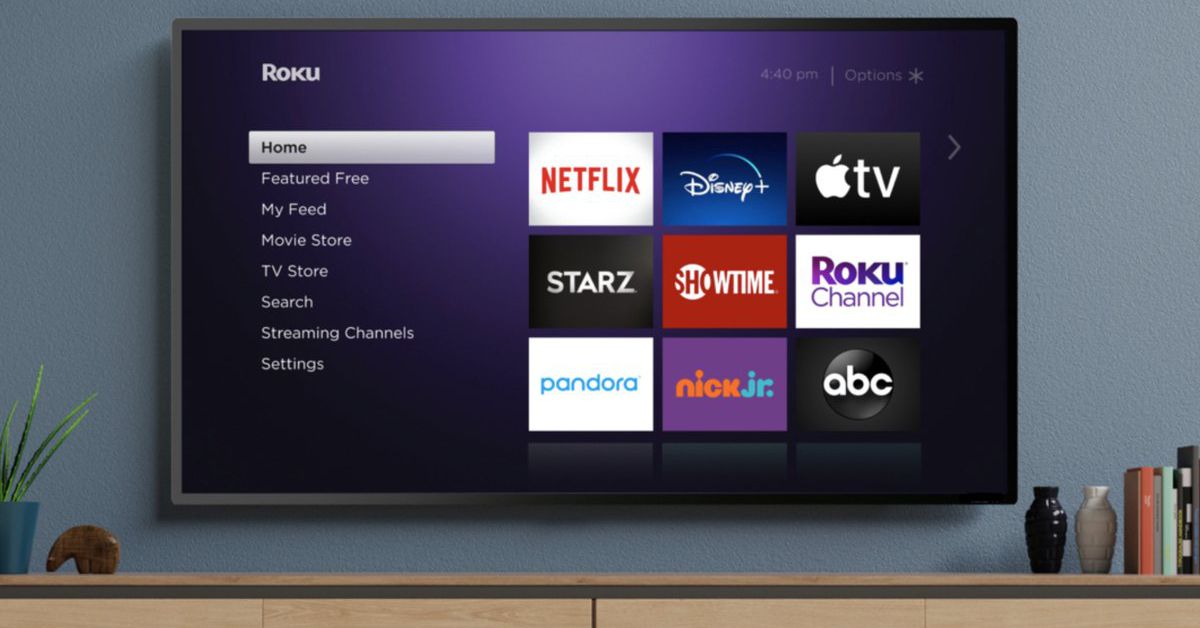Roku, one of the most popular streaming platforms in the homes of the United States, is acquiring Nielsen’s video ad business while trying to become a central TV ad center.
Specifically, Roku is acquiring Nielsen’s Advanced Video Advertising unit. The acquisition means that Roku will also acquire automatic content recognition (ACR) and Nielsen’s dynamic ad insertion technology (DAI). DAI technology simply means that advertisers will be able to receive “better targeting and measurement” capabilities so that they can hyper-target a specific audience instead of broader demographic data, such as age and gender. Think about product ads that people might really want to see before a YouTube video, compared to seemingly random ads played on CNN.
It is often referred to as addressable TV advertising due to how advanced the segmentation is compared to previous advertising technology. For networks, this allows you to maximize the value of ad inventory, while advertisers can better track the return on investment for ads on a specific program or network. In effect, the acquisition will allow Roku to work with different linear TV programmers to transform traditional TV ads into digital ads.
So, why does this matter to Roku? Think about the power dynamics in question. There are more than 51.2 million Roku accounts using the platform to stream everything from live linear television to streaming services like Netflix and Disney Plus. With Roku controlling Nielsen’s advanced advertising technologies, this puts Roku in a good position when it comes to negotiating with advertisers who are looking for the best way to reach viewers who consume television in various ways. Roku will be able to use its technology platform and new advertising tools to provide the best targeted advertising for companies on both linear TV and streaming video.
Prior to the announcement, Nielsen’s advanced ad group “closed deals with Disney, CBS, Discovery, Fox, NBCUniversal, WarnerMedia, A + E Networks and AMC Networks,” according to Variety. These companies are expected to have “renewed conversations” with Roku, Variety he adds, specifically about “working with Roku to enable addressable ads”. Nothing in life is free, and it seems possible that Roku’s new deal means that he will have a share of the ad stock that would come with new business.
When NBCUniversal executives were trying to negotiate with Roku about bringing their new streaming service, Peacock, to Roku devices, much of the delay came from disagreements over advertising inventory. NBCUniversal executives did not want to give up a significant portion of their advertising revenue (Roku typically takes 30% of the ad stock, but makes specific deals with each partner depending on the offer). Peacock is also ad-supported, and NBCUniversal has developed its own targeted digital advertising technology to try to persuade advertisers to place ads on the platform. Giving up a percentage of advertising revenue is a difficult pill to swallow.
Roku’s biggest advantage – and what apparently tilted the negotiations – is his scale. The company increased its user base by about 40 percent between 2019 and 2020, according to fourth-quarter earnings. Even more impressive is its advertising channel Roku, which doubled its audience and reached approximately 61.8 million people in the United States in the fourth quarter. Roku’s scale and technology platform is exactly what Nielsen’s Advanced Video Advertising unit needed. So many people in the United States have Roku devices, that not having a channel or streaming service on it is harmful.
While executives strongly feel that addressable TV advertising is the future, it still represents only about 10 percent of the entire US linear advertising business, according to Axios. The unit will now work with more than 100 million connected devices instead of 55 million, Axios he adds, giving Nielsen even more insight into the potential of digital ads on linear networks. Spending on TV addressable advertising in the United States is expected to reach “$ 3.6 billion in 2022, an increase of 75% over August 2020, according to recent estimates by research firm eMarketer,” Variety reported.
If the industry eventually starts to spend more on addressable TV advertising, Roku will retain the key position. It also helps explain why Roku spent $ 150 million in late 2019 to buy Dataxu, an advertising technology company, as noted by Protocol. Roku’s businesses are increasingly dependent on its digital platform, which is fueled by advertising. Getting everyone to pay a fee to reap the benefits of being on the platform seems like a smart business move for Roku.
